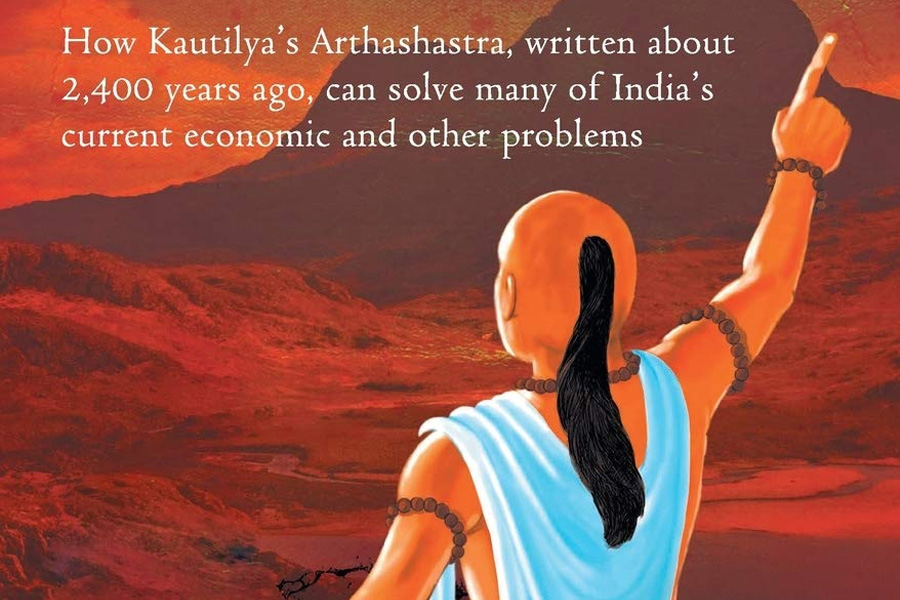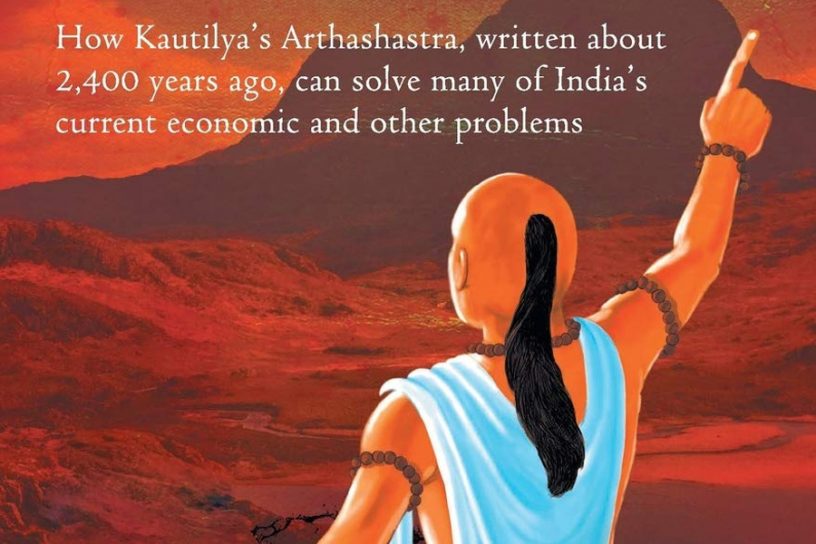
This chapter illustrates how Kautilya’s Amoral Realism can be resourcefully mobilized to bridge the gulf between realpolitik and moralpolitik in contemporary global politics.
Author
Deepshikha Shahi, Associate Professor, Jindal School of International Affairs, O.P. Jindal Global University, Sonipat, Haryana, India.
Summary
As per the conventional wisdom on international relations (IR), it is presumed that the pursuit of Political Realism or realpolitik calls for a rational political action which is “amoral”—either “immoral” (opposed to moralpolitik) or “neither immoral nor moral” (apathetic to moralpolitik). Also, it is held that all Asian philosophical traditions are amoral as they project a form of awareness that is inconsistent with any notions of morality or moralpolitik.
However, this chapter shows how the classical Indian text of Kautilya’s Arthaśāstra uses an amoral framework—supported by the eclectic philosophical substructures of Sāṃkhya, Yoga, and Lokāyata (literally meaning “numbers,” “aggregate,” and “worldly ones” respectively)—to not only temper apparently immoral methods, but also attain concrete moral goals in IR.
In this sense, Kautilya’s Arthaśāstra deviates from both Eurocentric and Chinese Political Realism. The chapter illustrates how Kautilya’s Amoral Realism can be resourcefully mobilized to bridge the gulf between realpolitik and moralpolitik in contemporary global politics.
Published in: Bridging Two Worlds: Comparing Classical Political Thought and Statecraft in India and China, University of California Press.
To read the full book chapter, please click here.


